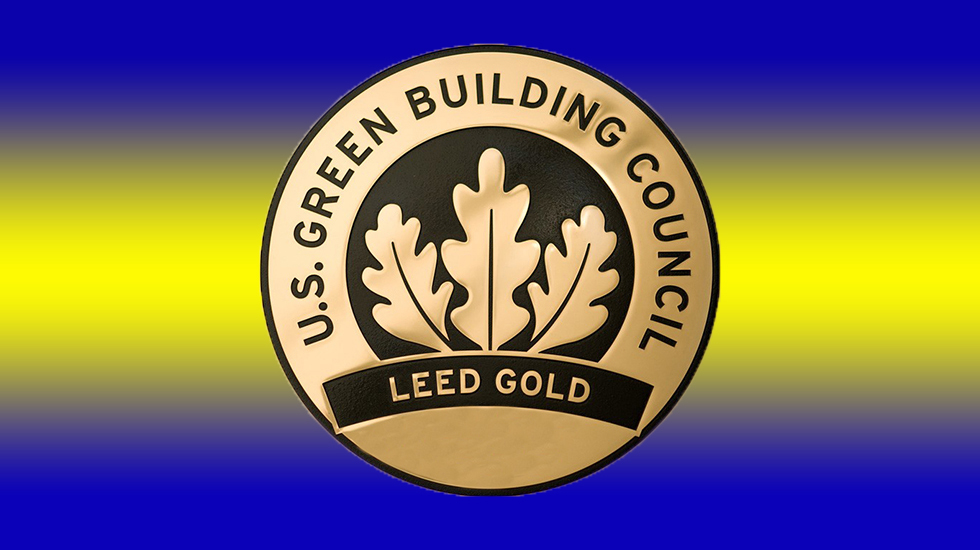This week’s #STOTW
In case you were wondering what these plaques on some of the University’s newer buildings mean, or what people are talking about when they mention “LEED” standards…
What is LEED?
LEED stands for the “Leadership in Energy and Environmental Design,” and is a globally recognized system used for “identifying and implementing practical and measurable green building strategies for all building types from commercial buildings to entire neighborhood communities”1
How does a building gain LEED status?
In collaboration with the U.S. Green Building Council’s (USGBC) board, LEED awards credits to buildings through third-party technical reviewers. A project can earn points by excelling in the following nine areas
- Integrative process
- Location and transportation
- Sustainable sites
- Water efficiency
- Energy and atmosphere
- Materials and resources
- Indoor environmental quality
- Innovation
- Regional priority
Depending on how high buildings score in each category, they have a greater capability of reaching either LEED certified, silver, gold, or platinum status.
What are some of the benefits of LEED?
LEED projects save both energy and resources, and create healthier living/working environments, with cleaner air and greater access to daylight.
LEED has led to the creation of around 1.1 million additional green construction jobs (the company dominates about a third of the green construction market).
LEED projects tend to have lower operating costs, saving owners money on while creating healthy spaces.
For more information, go to http://www.usgbc.org/leed ____________________________________________________________ 1http://www.usgbc.org/articles/about-leed
Written by: Teddi Shapiro, Class of 2019

